Austedo (deutetrabenazine) is a prescription medication used to manage certain movement disorders, primarily Huntington’s disease and tardive dyskinesia, in adults. This medication falls under the category of vesicular monoamine transporter 2 (VMAT2) inhibitors. It works by regulating the levels of certain neurotransmitters in the brain, helping to reduce abnormal movements associated with these disorders.
Here is a detailed description of Austedo:
1. Drug Class and Mechanism of Action: Austedo is classified as a vesicular monoamine transporter 2 (VMAT2) inhibitor. It functions by inhibiting the VMAT2 protein’s activity, which plays a vital role in regulating the packaging and release of neurotransmitters like dopamine, serotonin, and norepinephrine. By controlling the release of these neurotransmitters, Austedo helps alleviate abnormal movements and symptoms associated with certain movement disorders.
2. Indications: Austedo is primarily indicated for two conditions:
- Huntington’s Disease: Huntington’s disease is a rare and inherited neurodegenerative disorder characterized by motor dysfunction, psychiatric symptoms, and cognitive decline. Austedo is used to manage chorea, which is one of the most prominent and debilitating movement-related symptoms in Huntington’s disease.
- Tardive Dyskinesia: Tardive dyskinesia is a side effect of long-term use of certain psychiatric medications, characterized by involuntary and repetitive movements of the face, tongue, and other body parts. Austedo is prescribed to help control these abnormal movements in individuals with tardive dyskinesia.
3. Dosage and Administration: Austedo is available in tablet form and is typically administered orally. The dosage may vary depending on the individual’s specific condition, response to treatment, and any potential side effects. Your healthcare provider will determine the appropriate dose and may adjust it over time.
4. Effectiveness: Clinical trials and real-world use of Austedo have shown that it can effectively reduce chorea associated with Huntington’s disease and alleviate the symptoms of tardive dyskinesia, improving the quality of life for many patients. However, individual responses may vary.
5. Side Effects: Common side effects of Austedo may include somnolence (drowsiness), diarrhea, fatigue, and insomnia. More serious side effects, although rare, may include depression, suicidal thoughts, and parkinsonism-like symptoms. It is crucial to report any unusual or severe side effects to your healthcare provider promptly.
6. Precautions and Monitoring: Before starting Austedo, inform your healthcare provider of your medical history, allergies, and all medications you are taking. Special attention should be given to individuals with a history of depression or suicidal thoughts, as Austedo may increase the risk of these conditions. Regular monitoring by a healthcare provider is essential to assess both the medication’s effectiveness and any potential side effects.
7. Cost and Insurance Coverage: Austedo is a prescription medication, and its cost may vary depending on your insurance coverage and location. Some insurance plans may cover the medication, while others may require prior authorization.
8. Duration of Treatment: The duration of Austedo treatment may vary based on the individual’s condition. It is essential to follow your healthcare provider’s guidance regarding the duration and discontinuation of the medication.
9. Special Populations: The safety and efficacy of Austedo in pregnant or breastfeeding individuals have not been well-studied. It is crucial to discuss the potential risks and benefits of the medication with your healthcare provider if you are pregnant or planning to become pregnant.
10. Conclusion: Austedo (deutetrabenazine) is a VMAT2 inhibitor used to manage movement disorders, including chorea associated with Huntington’s disease and symptoms of tardive dyskinesia. It addresses the underlying neurotransmitter imbalances in the brain, helping to reduce abnormal movements and improve the quality of life for individuals affected by these conditions. However, its use should be closely monitored by a healthcare provider to ensure both safety and effectiveness, and potential side effects should be discussed thoroughly with the treating physician.

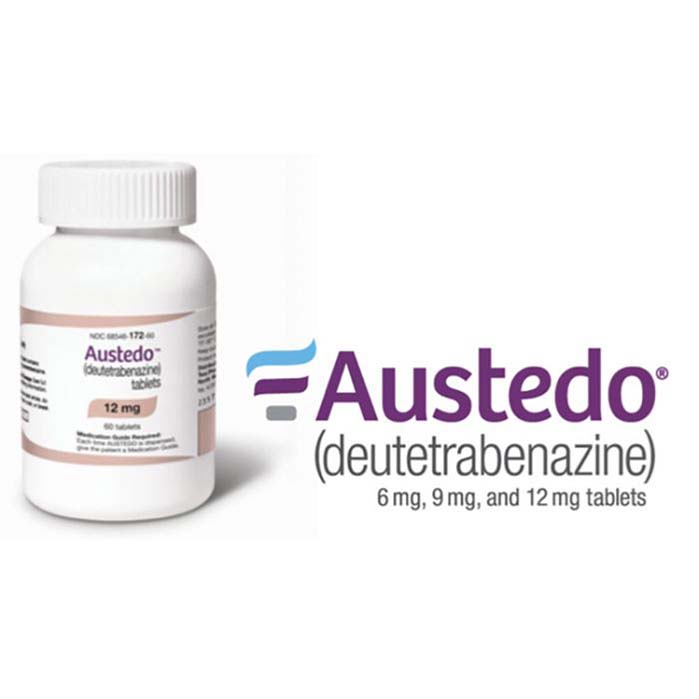

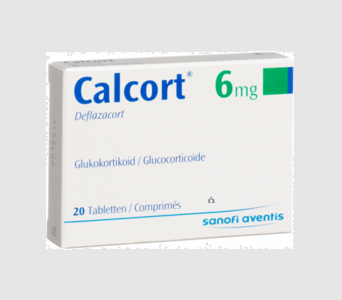
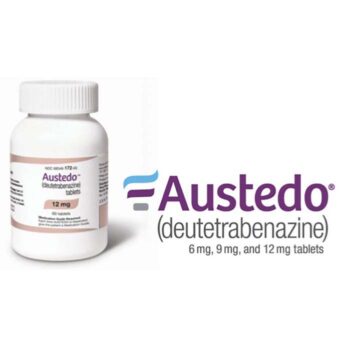
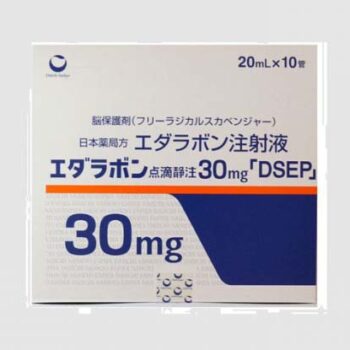

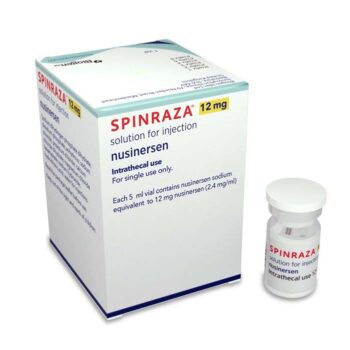
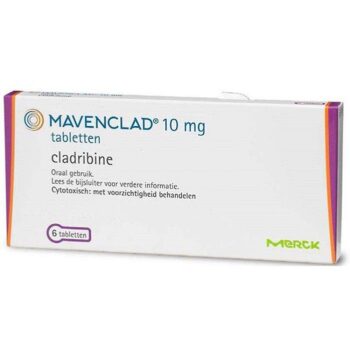


Reviews
There are no reviews yet.